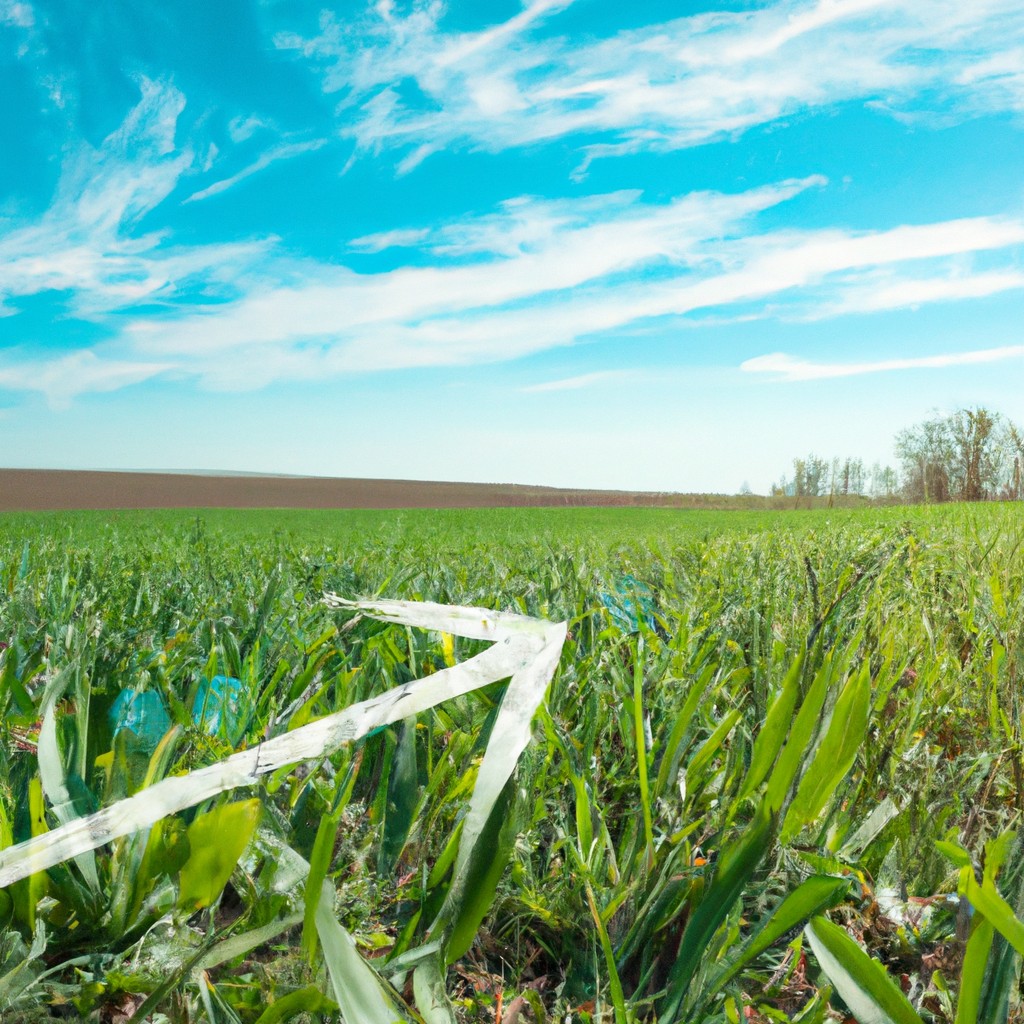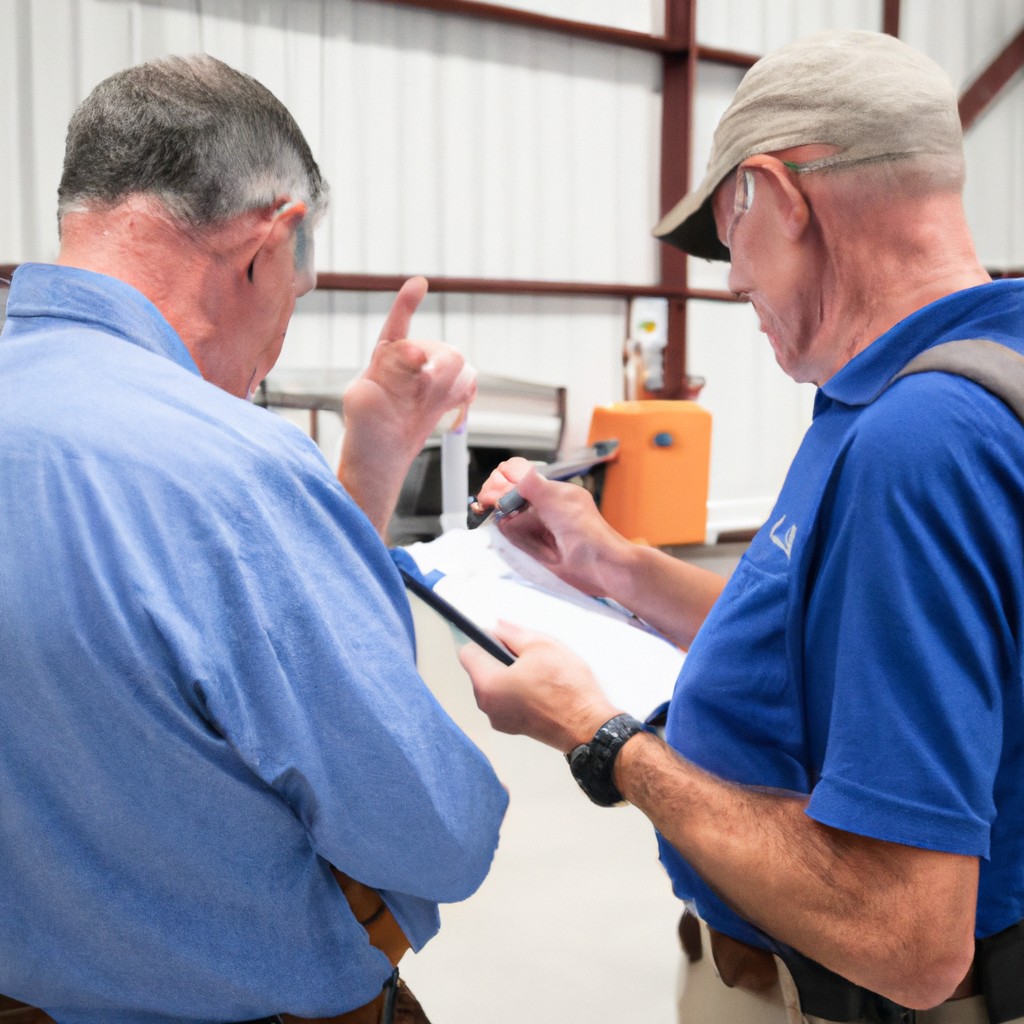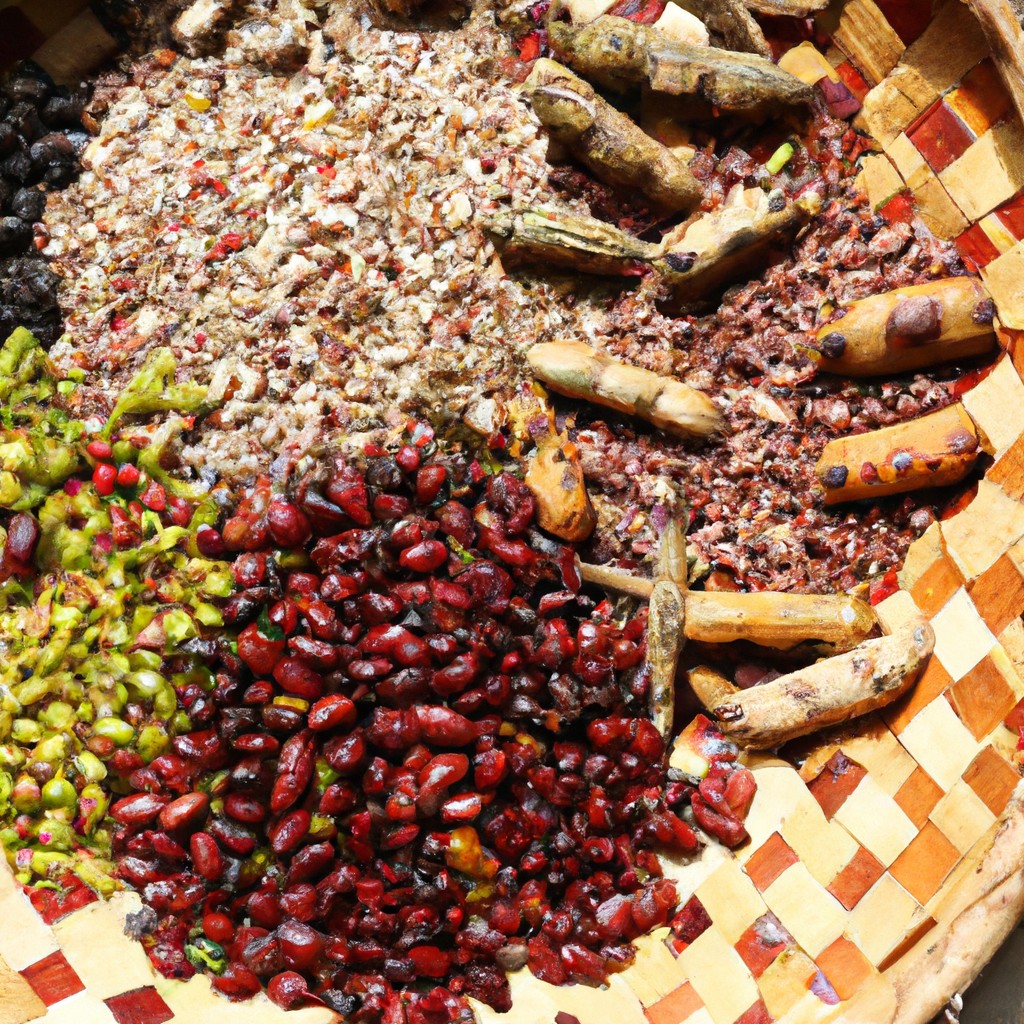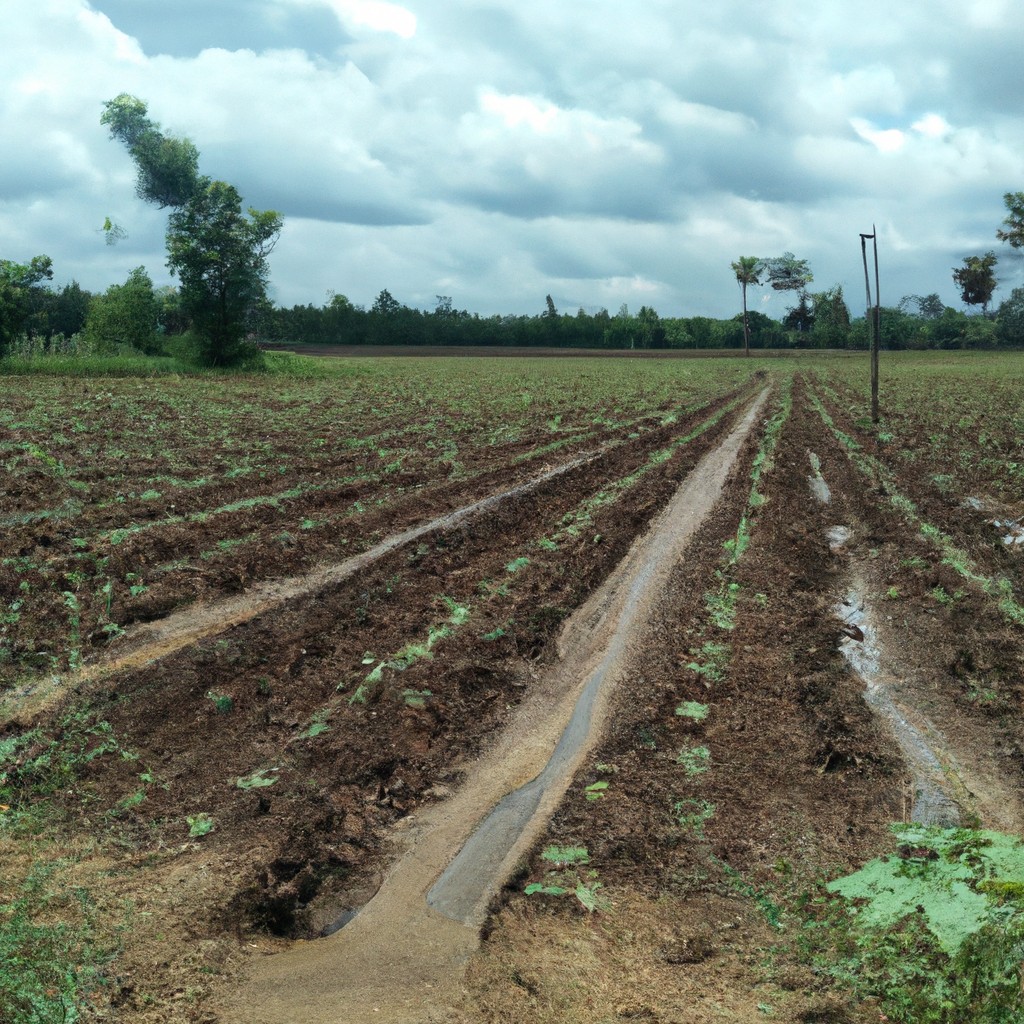Learn how agricultural runoff impacts the environment and discover solutions to keep those pesky pollutants at bay.
Look Inside:
Causes of Agricultural Runoff
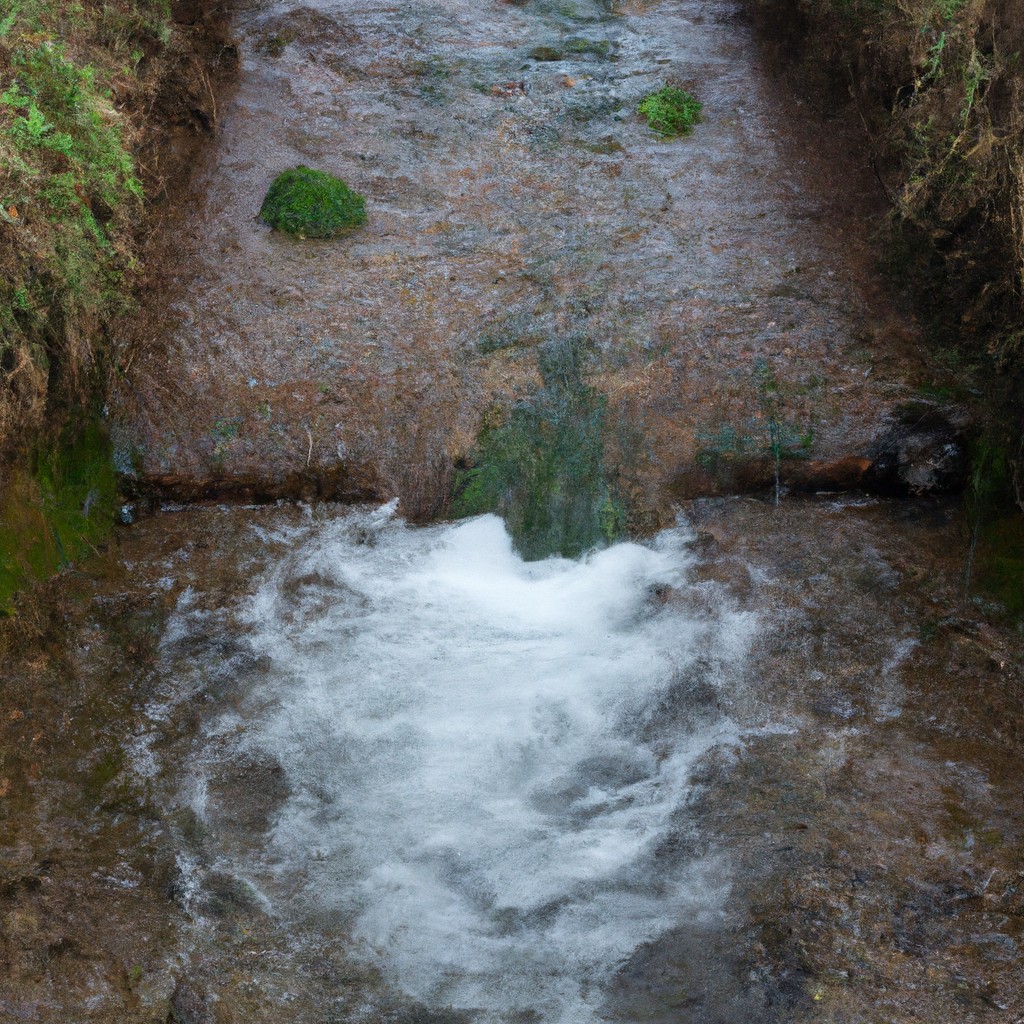
When it rains, it pours… fields with fertilizers and pesticides. That’s agricultural runoff in action! It happens when rain or irrigation causes water to flow over fields, carrying precious cargo like nutrients, chemicals, and sediments with it.
One culprit is excessive fertilizer use. Farmers love their crops healthy and productive, but too much of a good thing, like nitrogen and phosphorus, can trickle away, turning streams into unintended soup.
Poor soil management also gets a standout role. Erosion and compacted fields make water and soil as close as peanut butter and jelly. The runoff rushes off, taking soil and nutrients along for the ride.
Then there’s the charming classic, over-irrigation. Cranking up irrigation systems can lead to overflow. It’s like trying to fill a glass of water with a fire hose!
Pesticides join the party too, riding the waves into unintended destinations. They sure didn’t sign up for a river cruise, but here we are!
Mother Nature sometimes chips in as well with heavy rainfall, but let’s be honest, we started the cascade.
Impacts On Ecosystems and Human Health
When those pesky pollutants from farms hit the water, it’s like a party invitation no one RSVP’d for. Algal blooms? They show up unannounced, turning lakes into neon soup. Not exactly the pool party one imagined. These blooms block sunlight and reduce oxygen, which is bad news for fish trying to avoid a permanent nap on the riverbed.
Downstream, our drinking water gets a little spicier, with a hint of nitrates and pesticides. High nitrate levels can lead to blue-baby syndrome in infants, which isn’t nearly as cute as it sounds. Meanwhile, aquatic critters start writing their will as their habitats get mucked up, literally.
Finally, think of the wetlands as the party’s cleanup crew. They get overwhelmed, and then it’s chaos. Biodiversity falters, and ecosystems start to look like they’ve been on a diet—of destruction. But hey, who said saving the planet couldn’t use a dash of humor?
Strategies for Reducing Runoff
Getting a handle on the issue at hand? Let’s roll up those sleeves and dive into some practical solutions:
First up, precision farming. It’s like giving agriculture a pair of glasses. By using satellite technology and data analytics, farmers can apply water, fertilizers, and pesticides more judiciously, hitting the target without drowning or overfeeding it.
Next, tangled cover crops. They’re not just ground decoration. These plant heroes absorb excess nutrients, keeping them out of waterways. Plus, they prevent soil from going on a wild ride with the wind and water.
Then there’s the no-till approach. Think of it as farming’s answer to minimalism. This practice leaves soil intact, reducing erosion and maintaining its structure. It’s about minimal disturbance, maximum benefit.
Finally, buffer zones. No, not the tech kind. These are strips of vegetation between fields and water bodies. They act like nature’s own Brita filter, trapping and filtering out undesirable elements before they can stage a soggy rebellion in nearby rivers and streams.
Role of Buffer Zones and Cover Crops
Ah, buffer zones and cover crops, the unsung heroes of sustainable agriculture. These green guardians work tirelessly to curb the troublemaker known as runoff.
Picture buffer zones as the bouncers at an exclusive club. They stand between farmlands and water bodies, preventing unwanted substances from crashing the aquatic party. Planting strips of vegetation like grasses or shrubs absorbs excess water and nutrients, reducing the likelihood of them slipping into streams and lakes.
Cover crops, on the other hand, are like giving your soil a cozy quilt during the off-season. They protect and enrich the soil, preventing erosion and nutrient loss. These plants improve soil health by increasing organic matter, improving structure, and enhancing water retention.
Collectively, these strategies not only protect precious water resources but also boost soil health, leading to more robust crops. It’s like giving nature its very own spa day, minus the cucumber eye masks.
Technological Advancements and Innovations in Runoff Management
Picture farmers in lab coats. Farms of the future are here, using technology that would make a sci-fi enthusiast swoon. Drones swoop down like ambitious birds, capturing data to help manage fields with the accuracy of your neighbor’s cat eyeing a suspicious garden gnome. Advanced sensors monitor soil moisture, reducing water usage and directing precious resources where they’re truly needed.
Satellite imagery allows farmers to see runoff patterns, pinpointing problem areas like a detective tracing the outline of spilled milk. Automated irrigation systems work smarter, not harder, catering to the exact needs of crops and giving the phrase “playing in the dirt” a high-tech twist.
And let’s not forget bioreactors – imagine them as tiny, friendly water bouncers at the edge of the field, filtering nutrients and minimizing pollutants before they can throw a party downstream. All these innovations help farmers balance nurturing their plants while soothing Mother Nature’s perennial headaches.
